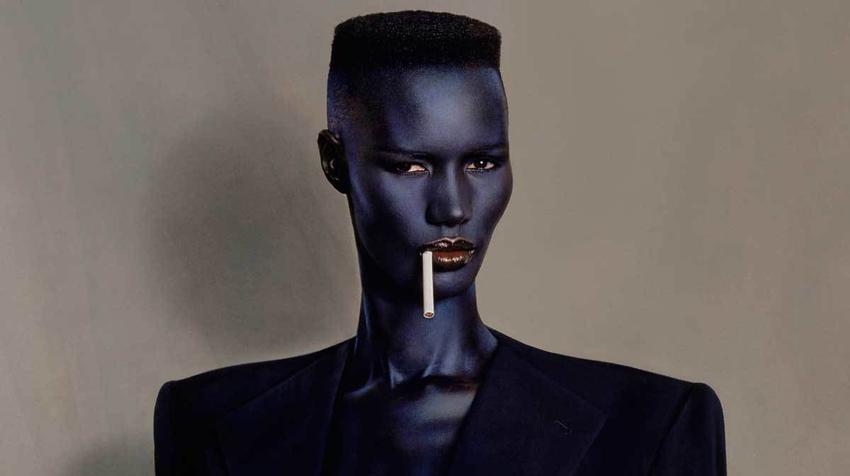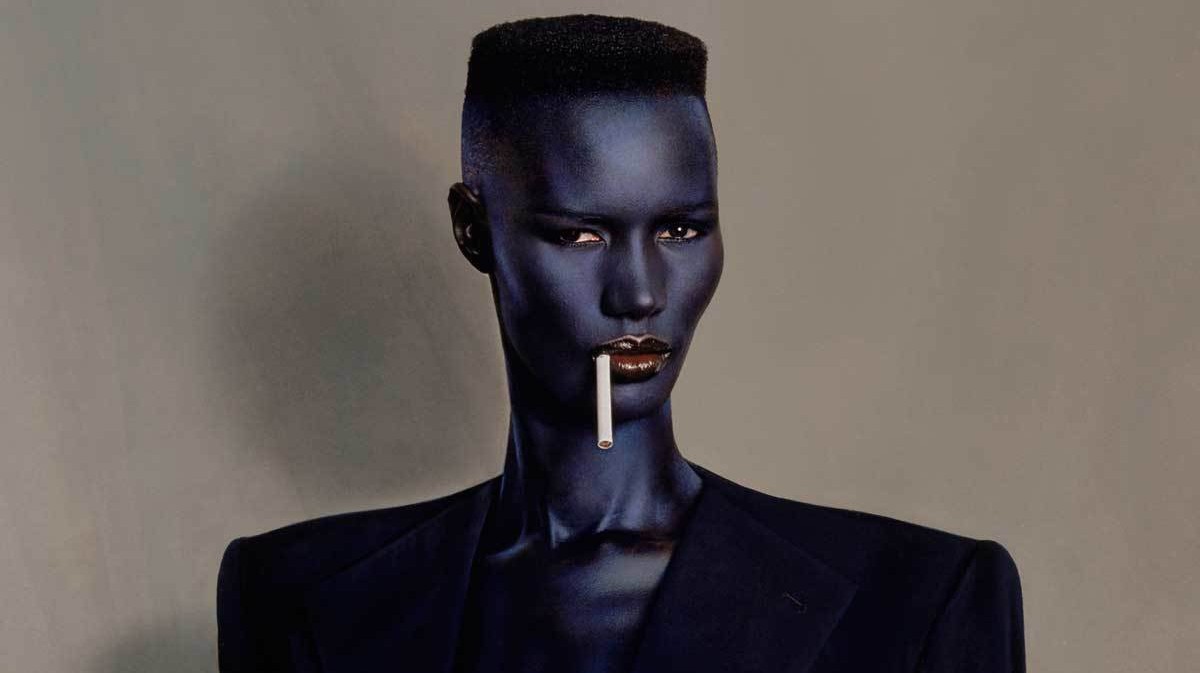Grace Jones is one of the most influential gay icons of all time. An actor, model and singer, she continually challenges societal gender norms. Her androgynous appearance is one of the most obvious indications of her gender deviance. In movies, she was usually typecasted to specific roles that portrayed her as someone who defied all stereotypes of not only her sexuality but her race as well. The portrayal of Jones in media over the years has impacted the LGBTQ community and hence gave her the title of one of the most influential gay icons.
This video is a scene from the movie “Boomerang” and this is an interesting snippet of how gender performance is swapped between Jones and Eddie Murphy.
This scene started off with Murphy talking about his visions and his thoughts. He did not hesitate to start off the conversation and it seems like he wanted to establish the gender roles that is line with heteronormativity. As the gender role of a “prototypical” heterosexual male is to take the initiative and make the first move, he started his conversation with Jones in the report style without letting Jones intervene. He was performing his gender until Jones started talking.
“So when are we going to fuck?”
This is something that is not typically expected from the female interlocutors. The look on Murphy’s face indicated that he was surprised that Jones was not performing her gender in terms of societal norms. She employed “neutral language” and not “women’s language”. Jones was direct and used the competitive communication style where she was clear about what her wants were and did not take into consideration Murphy’s opinions. She is deliberately performing the opposite gender role and it was interesting how Murphy started to use feminine linguistic cues as he continued to talk to Jones. He was more indirect, used hedges and used intonation patterns that resembled questions which were considered to be feminine characteristics of speech (Lakoff & Bucholtz, 2004).
In American culture, baseball was the metaphor for sex and sexuality. In this model, sexuality is constructed where men are expected to pursue sex and should keep on chasing, while women are supposed to avoid sex and are expected to say “no”. According to this baseball model, roles are not supposed to be swapped around and different genders were supposed to stick to the roles that they were assigned (Dreyfus, 2014).
However, in this case, it is the total opposite. Jones was basically not performing to her stereotypical gender role and this threatened Murphy’s masculinity. He was very uncomfortable as Jones was not following the societal codes of conduct of how the different genders are supposed to act.
“You are going to turn down a pussy like this?” as Jones lifted her skirt and showed her vagina to Murphy. Clearly, this move indicated the gender deviance Jones was performing as she did not abide by societal norms. This was a turn off for Murphy maybe because, in his head, he labelled her as a deviant and so, rejected her. However, his rejection was not taken seriously and Jones continued the “chase”. After multiple failed attempts, Jones questioned Murphy’s sexuality and considered him gay as she assumed he did not like women.
In this case, there was a clear director’s choice for the swap in character’s gender roles. If the roles were to be performed by the respective sexes, it would not have been as impactful as it was. It is interesting how when a woman chases the guy like what Jones did becomes humorous but if it was a guy doing it to a girl, we wouldn’t see it as funny. If Jones was a guy, this creepiness would just be associated with his desires. This just reflects the current construct of sexuality and gender roles of different sexes and if you do not follow the norm, you are considered a deviant.
References:
Dreyfus, C. (2014). To Slide or to Slice? Finding a Positive Sexual Metaphor. Retrieved March 02, 2018, from http://www.scarleteen.com/article/in_your_own_words/to_slide_or_to_slice_finding_a_positive_sexual_metaphor
Lakoff, R. T., & Bucholtz, M. (2004). Language and woman’s place: text and commentaries. New York: Oxford University Press, 2004.
M. (2012). Retrieved March 02, 2018, from https://www.youtube.com/watch?v=O7VH8LKDnr0




